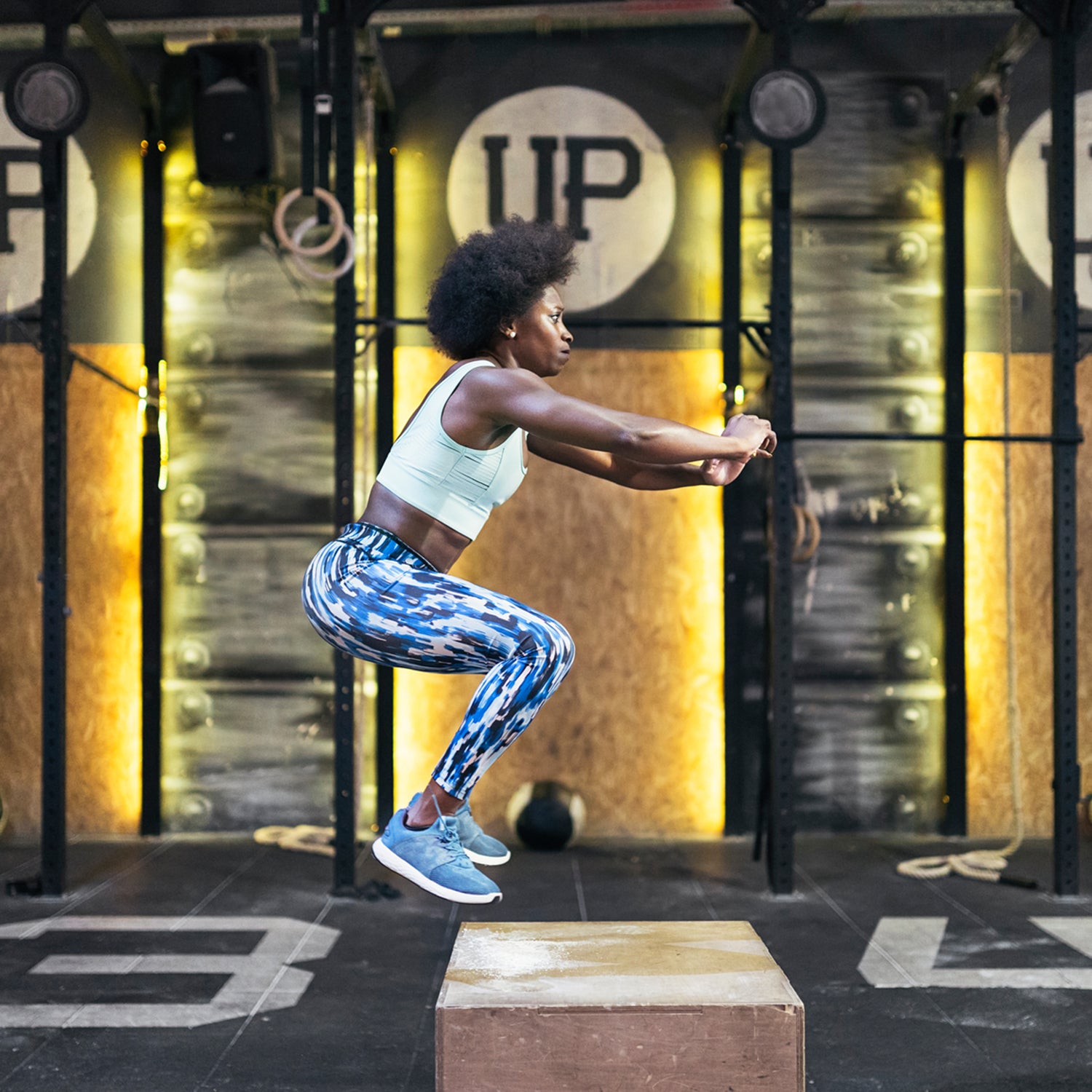I was about to skim past in the American Journal of Human Biology when I realized that it was asking a much deeper question than I thought. The title of the paper is “Why Does Strength Training Improve Endurance Performance?,” which is a topic I’ve wrestled with on several occasions. My focus was always on the logistics, trying to understand which adaptations make you a faster runner and what sort of training maximizes them. The new paper, in contrast, takes on what you might call the cross-training paradox: why should doing one kind of exercise make you better at doing something completely different?
The author of the paper is , an endurance athlete and doctoral candidate in biological anthropology at the University of Massachusetts with a particular interest in the evolution of human running. In other words, he’s looking at the big picture. And the argument he presents has some interesting implications for how we think about what sorts of activities we’re supposedly born to do, and how closely we should try to emulate the lifestyles of our hunter-gatherer ancestors.
The key idea that Best starts with is what’s known as the principle of training specificity, which basically says that your body adapts to get better at handling whatever stresses you impose on it. If you lift heavy weights, you develop bigger muscles and get better at lifting heavy weights. If you run long distances, you develop a stronger heart and mitochondria-rich muscles that make you better at running long distances. The idea that strength training makes you a faster runner seems to violate the principle of training specificity. Why is it that simply running a lot, on its own, doesn’t seem to produce the optimal adaptations for running?
Before going any further, it’s worth acknowledging that some people would argue that there’s no paradox because strength training is useless for runners. The debate about the marginal benefits of strength training—i.e. does adding an hour of weekly strength training improve your running more than an extra hour of running (or an extra hour of sleep) would?—is far from trivial. As I wrote here, I do think there’s decent evidence that it helps, though you can quibble about whether lifting heavy weights and doing explosive plyometric drills should or shouldn’t be lumped together in one category. I think the ideas Best is grappling with are interesting either way, but keep that grain of salt in mind.
When you think about it, the whole idea of cross-training seems a little odd. Why should soccer players jog before practice, or even do drills, rather than just playing games of soccer? In that example, endurance is one of the many elements that determine soccer performance, so it makes sense that working on it in isolation might be useful. But running and strength training have a more fundamental conflict, because of something called the interference effect. Endurance and resistance training produce a set of very different and mutually incompatible adaptations. For example, you have some muscle fibers whose characteristics will shift to be more like slow-twitch or fast-twitch depending on the type of training you do. In that sense, working on strength directly compromises endurance, and vice versa.
In Best’s account, the explanation can be traced to the divergence of humans and chimpanzees over the past 6 to 8 million years. As researchers such as Harvard’s Daniel Lieberman have argued, humans evolved a bunch of traits like longer legs, less body hair, and elastic tendons that favor walking and running. We’re way weaker and way more slow-twitch than chimps. But on an evolutionary timescale, these adaptations have been constrained by energy trade-offs. Longer legs, for example, allowed us to cover ground more efficiently while foraging or hunting, but they also cost more energy to grow and maintain—so our legs only got longer until they reached a point of diminishing energetic returns.
On a shorter time scale, the same principle of energy optimization applies to the way we respond to exercise. “Thus,” Best writes, “humans are endowed with ‘use it or lose it’ physical capacities which […] allows for exercise capacities to be matched to (rather than exceed) demand.” Bigger bones and muscles require energy; so do more red blood cells and mitochondria. That’s why training works the way it does—or more precisely, it’s why lack of training makes us unfit. Our bodies only want to maintain the adaptations that are useful for the demands we’re currently placing on them.
The last piece of the puzzle is a concept called , which basically says that “evolution is limited by what it has to start with.” For our fast-twitch ape ancestors, the stresses of life predominantly involved short bursts of big forces, like climbing trees, so that’s what our fast-twitch muscles respond to. A shift to more sustained endurance activities is what led us to develop more slow-twitch muscle fibers, so that’s what those fibers respond to. But our new endurance habit couldn’t completely rewire muscle physiology to make fast-twitch fibers respond to jogging.
Our ancestors weren’t just runners, of course: we needed to dig and throw and sometimes haul heavy loads. As a result, we still have the capacity to develop both strength and endurance—but those two capacities each respond primarily to their own form of training, as determined by phylogenetic inertia. That’s why running, on its own, isn’t sufficient to get the most out of all your muscle fibers. It gets close enough for the purposes of evolution: the benefits of being as fast as a modern competitive marathoner, in terms of hunting a few more kudus, would never outweigh the enormous metabolic costs.
There’s a passage in in which John L. Parker, Jr.’s miler hero, Quenton Cassidy, muses on the fundamental absurdity of “flying across the eastern seaboard a couple of thousand miles at a cost of several hundred dollars so that we can take off our clothes, put on little kangaroo skin slippers that weigh about three ounces each, and shag ass around a little board track for exactly one mile.” Cassidy’s mentor, Bruce Denton, is philosophical: “Maybe it just means that civilization has progressed to the point where it can afford even the most esoteric of specialties, even in sports. We are the athletic equivalent of pickled bees knees in the gourmet section at the Winn Dixie.”
There’s no evolutionary logic to pickled bees knees. If, as many researchers and coaches suspect, lifting weights stiffens your tendons in a way that boosts your running efficiency, or favorably alters your neuromuscular recruitment patterns, that’s probably nothing more than a fluke. Our ancestors weren’t looking for marginal gains. But we are. So by all means, if you’re an endurance athlete, take a serious look at strength training. And Best has one other nugget of practical advice, based on the ruthless energy thriftiness that shaped our past and continues to shape our responses to training: make sure you’re eating enough to stay in positive energy balance, so that your body isn’t forced to choose which adaptations to prioritize. Best makes the argument on evolutionary grounds, and it’s notable that it’s the exact same takeaway I got from muscle physiologist Keith Baar when I wrote about the interference effect. When two completely different roads lead you to exactly the same destination, that’s a good sign.
For more Sweat Science, join me on and , sign up for the , and check out my book .


